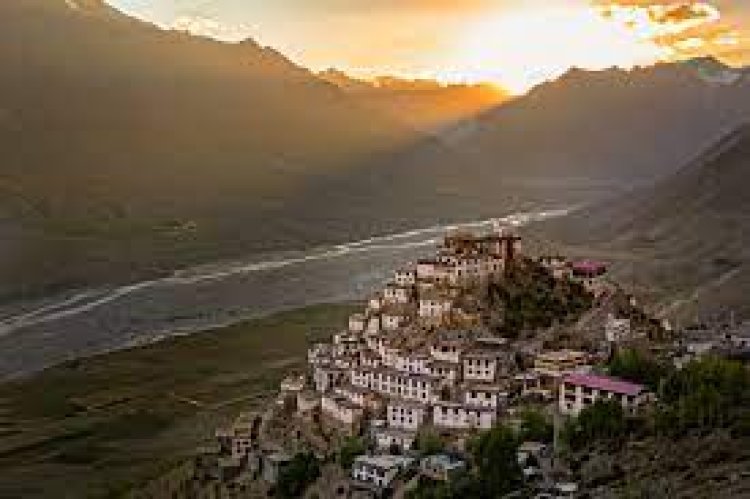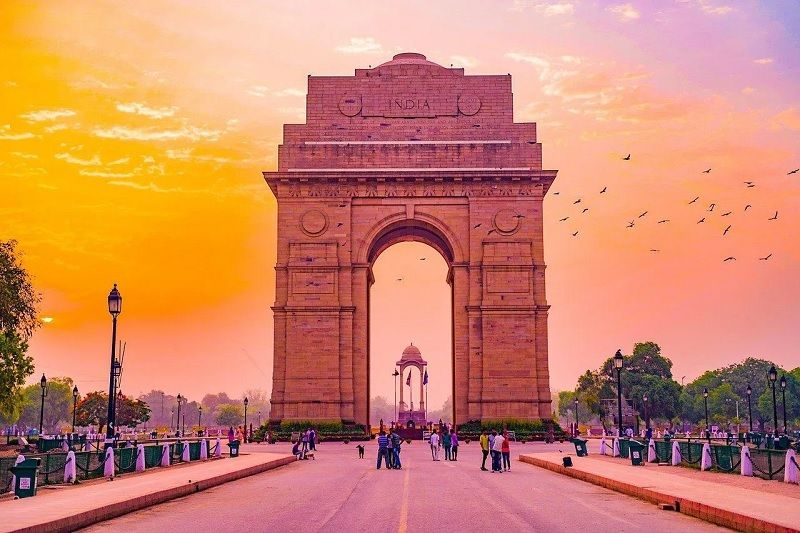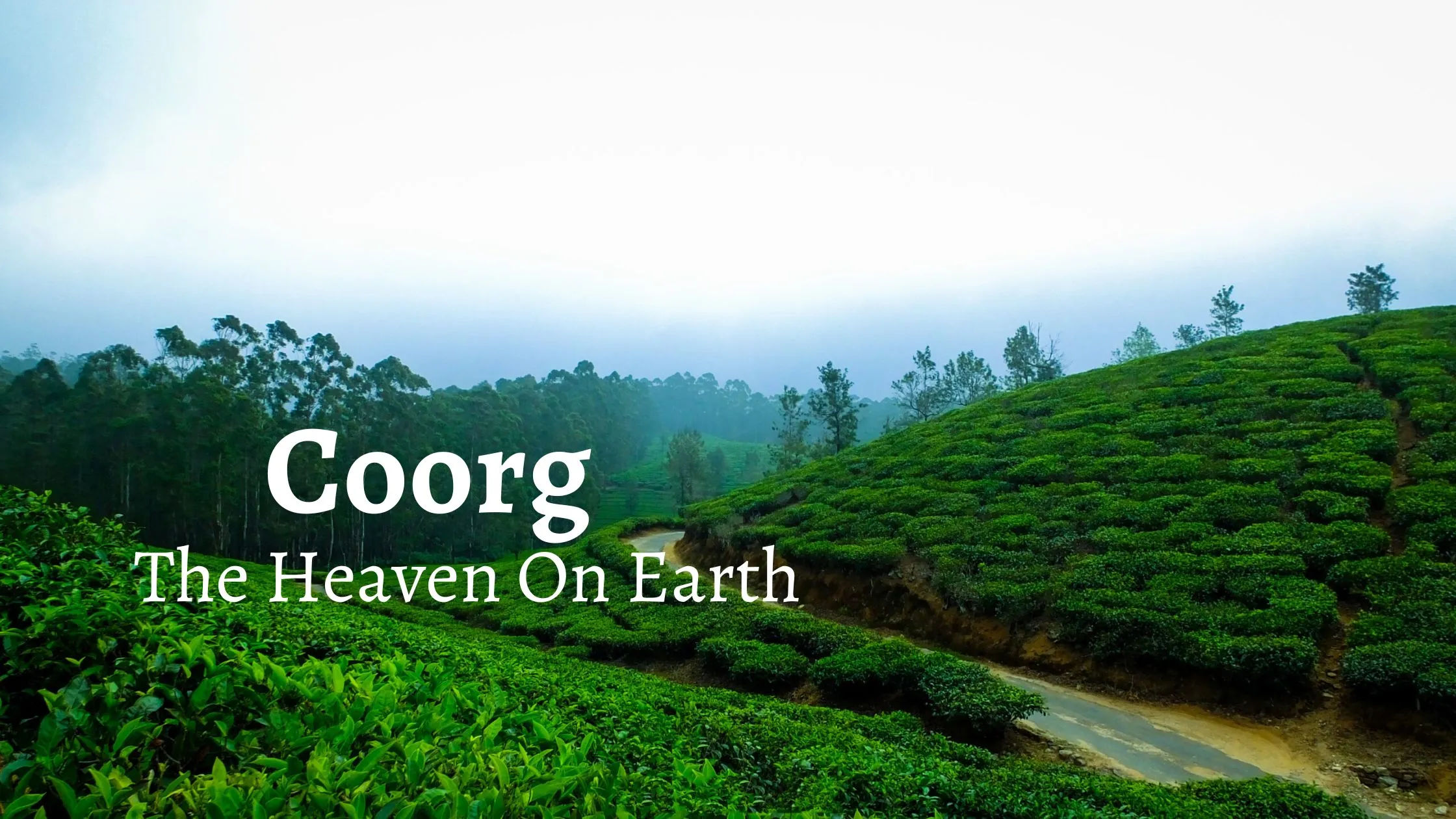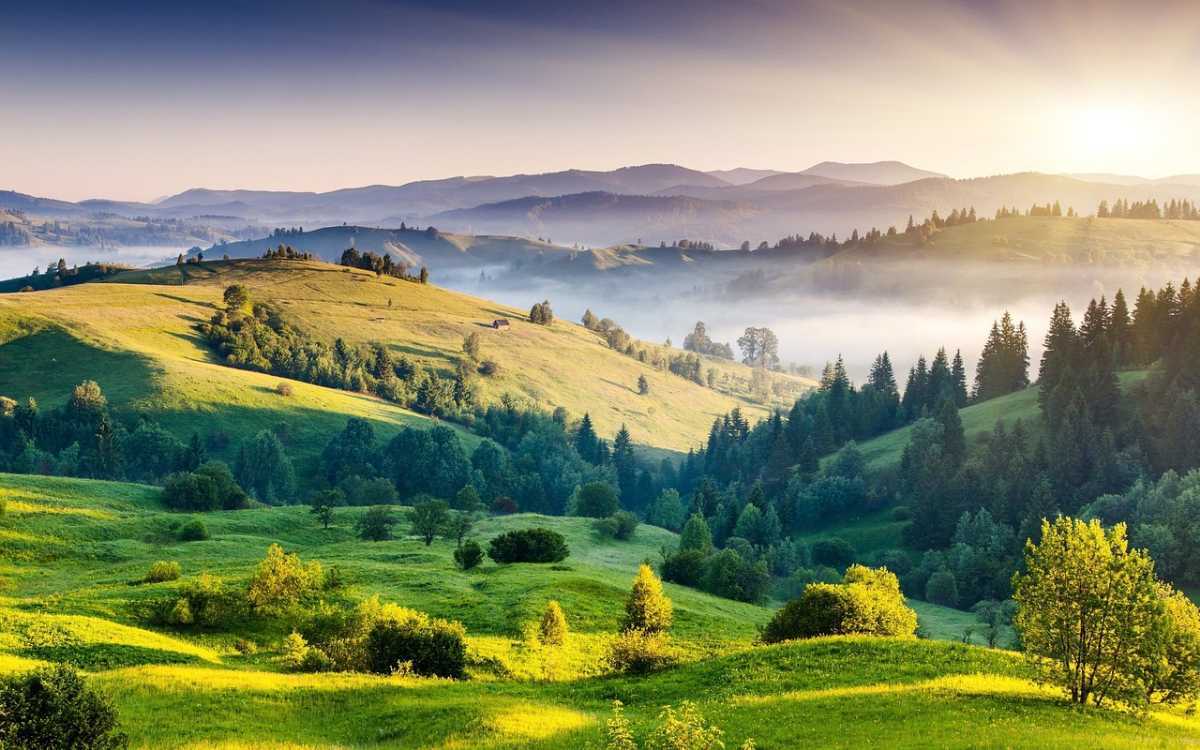Key Monastery
Although there are a dozen various monasteries in Himachal Pradesh, this magnificent location is not only the largest but also the oldest. The Key Gompa, a must-see tourism destination in Spiti Valley, is surrounded by beautiful mountains and tranquil valleys. a marvelous illustration of monastic design, embellished with exquisite artwork, murals, manuscripts, and wind instruments.

Key Monastery Overview
The Key Monastery is one of the must-see locations in Himachal Pradesh and is situated near to the Spiti River, which is one of India's most beautiful rivers. The magnificent Tibetan Buddhist Monastery, also known as the Kye Gompa or Ki and Kee Monastery, is situated on a scenic hilltop at a height of 4,166 meters above sea level.
The biggest monastery in India's Lahaul and Spiti district, the 1000-year-old monastery was founded in 1100 CE. The magnificent Key Monastery is thought to have been founded by Dromtön (Brom-ston, 1008–1064 CE), who was a pupil of the illustrious 11th-century instructor Atisha.
The stunning monastery is home to 250–300 Lamas, or spiritual leaders in Tibetan Buddhism, and is run by a Gelug sect of Tibetan Buddhist monks as a completely operational religious training facility for Lamas. You will be spellbound by the historic monastery's stunning building, which has a fantasy-fiction feel to it.
The monastery is frequented by thousands of devotees and visitors from all over the world who come here in search of tranquility and inner peace. It is surrounded by stunning glaciers and the snow-capped Himalayas. You will have an unforgettable experience in the monastery's pristine setting, which features lovely towns covered in snow and long, winding roads.
As soon as you enter this magnificent monastery, you'll notice its stunning walls, which are covered in murals and paintings that represent the Chinese-influenced monastic building of the 14th century. Additionally well-known are its priceless manuscripts, one-of-a-kind wind instruments, Buddha statues, and an amazing array of weaponry for defense of the monastery.
The Key Monastery, which has a fascinating origin tale, withstood numerous Mongol attacks. But in 2000, a lavish commemoration of reaching 1000 years was held in the revered presence of the Dalai Lama.
Points Of Interest for Key Monastery
-
Collections at Key Monastery
The Key Monastery is a haven for scholars and is home to a sizable collection of artifacts. This monastery is home to priceless manuscripts, Thangkas, stunning paintings, stucco images, and unusual wind instruments. These wind instruments are still played by lamas during the Key Monastery yearly festival in the summer.
Weapons that may have been used to protect the monastery from invading barbarian assaults are another amazing collection found inside the monastery. Inside the monastery, there are also a number of murals on exhibit, including Buddha statues and idols, beautiful number books, and old documents pertaining to the orders.
You can also visit the prayer rooms, which are accessible only through narrow passages that are dimly illuminated and difficult to navigate. These chambers vary from one another and do not all have the same layout. One of the most memorable things you can do while at the abbey is to watch the Lamas, who are often seen singing, dancing, and having a good time with their horns and pipes.
How To Reach Key Monastery

The closest bus stop to the Key Monastery is in Kaza, which is 14 km away. Whether you are traveling from Manali or Shimla, you must first arrive in Kaza in order to access the Key Monastery. Bus service from Manali and Shimla to Kaza is widespread, and it typically takes 10 to 12 hours to get there.
You will then need to hire a private cab to transport you the remaining 40 minutes to the monastery. It's a difficult and steep trek to the monastery.
Best Time To Visit Key Monastery

The best time to visit this beautiful monastery is from the mid of June to the beginning of September except monsoon month of August. During this time of the year the Himalayas receive heavy downpour which results in slippery roads and landslides. The climate is mostly chilly at Key Monastery due to its location at a high altitude, however, it is pleasant during these months.
If you are planning to visit from Manali then you will have to cross Rohtang Pass which opens by the second week of June and closes on the 15th of October because of heavy snowfall. It is also closed during monsoons as there are higher chances of landslides. The optimum time to explore the historic monastery is between June and October if you are taking the other route via Shimla and Kaza which is open throughout the year.
Essential Information About Key Monastery

Address: Spiti Valley, Key, Himachal Pradesh 172114
Distance from Spiti: The Key Monastery is at a distance of 14 km from Kaza, a town in Spiti Valley.
Distance from Manali: To reach Key Monastery, you have to reach Kaza which is located 190 km from Manali.
Places to Visit Near Key Monastery:

Kibber Village: The highest motorable hamlet, Kibber, is the highest in the world and is only 1.6 kilometers from Key Monastery. The Kibber Wildlife Sanctuary and the nearby Kibber Monastery, both of which are located in the hamlet, which is surrounded by stunning mountains and untamed terrain, are well known.
Spiti Valley: Discover the way of life of the inhabitants of the Spiti Valley, also known as Little Tibet. Kaza, the largest city in the Spiti Valley, is located 14 kilometers from Key Monastery. Visitors are mesmerized by the Kunzum Pass and Chandratal Lake as they approach Spiti from Lahaul.
Spiti is a haven for trekkers and adventurers, offering a variety of difficult and breathtaking treks through uncharted and surreal routes, encircled by beautiful mountains and landscapes.
Kunzum Pass: The Kunzum Pass, one of India's highest motorable mountain routes at 4,551 meters, is a haven for photographers. From Kunzum Pass, take in the breathtaking 360-degree view of Bara-Shigri Glacier and the mind-blowing vista of the Spiti Valley.
.
Chandratal Lake: Chandratal Lake, one of the majestic Himalayas' most stunning lakes, is reached after a 15-kilometer hike from Kunzum Pass. Every camper and hiker's fantasy, the crescent-shaped lake is known for its pristine setting and breathtaking views.
.
History of Key Monastery:

The Key Gompa was attacked numerous times throughout its lengthy and fascinating past after being founded by Dromton, an Atisha student, in the 11th century. When the fifth Dalai Lama was in charge in the 17th century, the monastery was attacked by Mongols. Later, in the 19th century, the monastery was looted by numerous forces, which seriously damaged the building.
The monastery suffered once more during the Ladakh and Kullu War in 1830, and the situation did not stop there. The building sustained additional harm as a result of the devastating fire in the 1840s and the Sikh regiment's attacks in 1841.
The property was damaged in the same year by the Dogra troops under the rule of Ghulam Khan and Rahim Khan.
The monastery was once more devastated by a strong earthquake in 1975. The Archaeological Survey of India (ASI) and the State Public Works Department were required to repair and restore this historic monastery as a result of the frequent attacks and natural catastrophes.
Highlights of Key Monastery:
In addition to its extensive library of vintage Buddhist texts and paintings, the Key Monastery is well known for its Cham Festival. The festival, which is rigorously and enthusiastically observed every year in June or July, begins with the Cham dancers and is followed by a large parade of Lamas who dress colorfully and perform traditional dances. The ritual ground located beneath the monastery is where the masked dances are done.
An enormous butter sculpture of a demon is burned as part of the celebration to symbolize the victory of virtue over evil. The Lamas walk over devotees who travel from nearby villages to participate in the celebration after they have been laid out on the ground. Through this practice, the Lamas, who are revered as gods, aided the pilgrims recover from illnesses or if they were under the influence of a spirit.
The spiritual leader addresses the gathering as the head Lama chants the prayers. The Lamas perform intriguing dance moves while the monks perform traditional music on unusual wind instruments. The intricate dance forms performed by these Cham dancers as they balance on one limb invoke the gods.
Tips for Visiting Key Monastery:
- As driving can be risky, it is advised to take a bus or employ a private taxi from Manali to Kaza.
- Kaza has a limited number of ATMs, and they could run out of cash. As a result, travelers are advised to bring enough cash because they won't be able to use their credit cards in the highlands.
- You must make prior arrangements if you want to stay at the Key Gompa. The cost for a night is INR 250, which includes all meals.
- While you're at the monastery, sample the energizing herbal butter tea, which improves the body's circulation of oxygen.
- Pack your warmest clothes and put on sturdy shoes to endure the chilly weather at the monastery.















